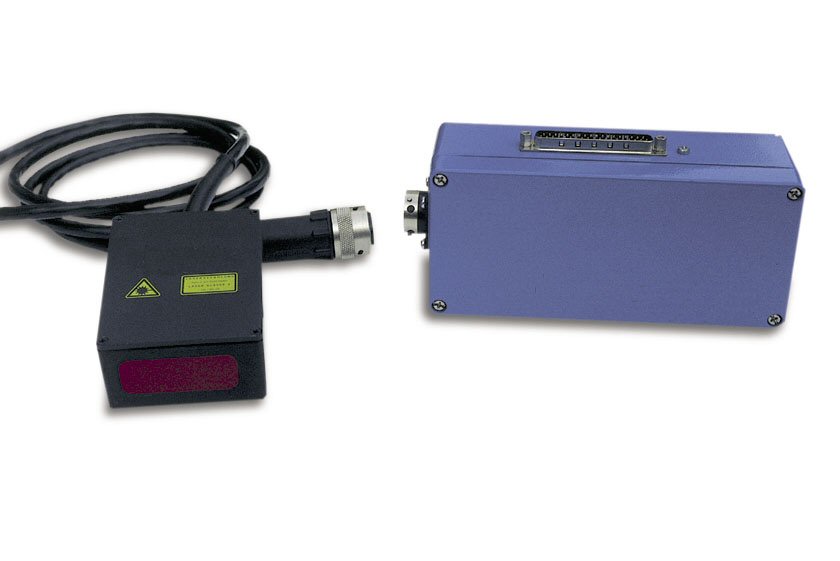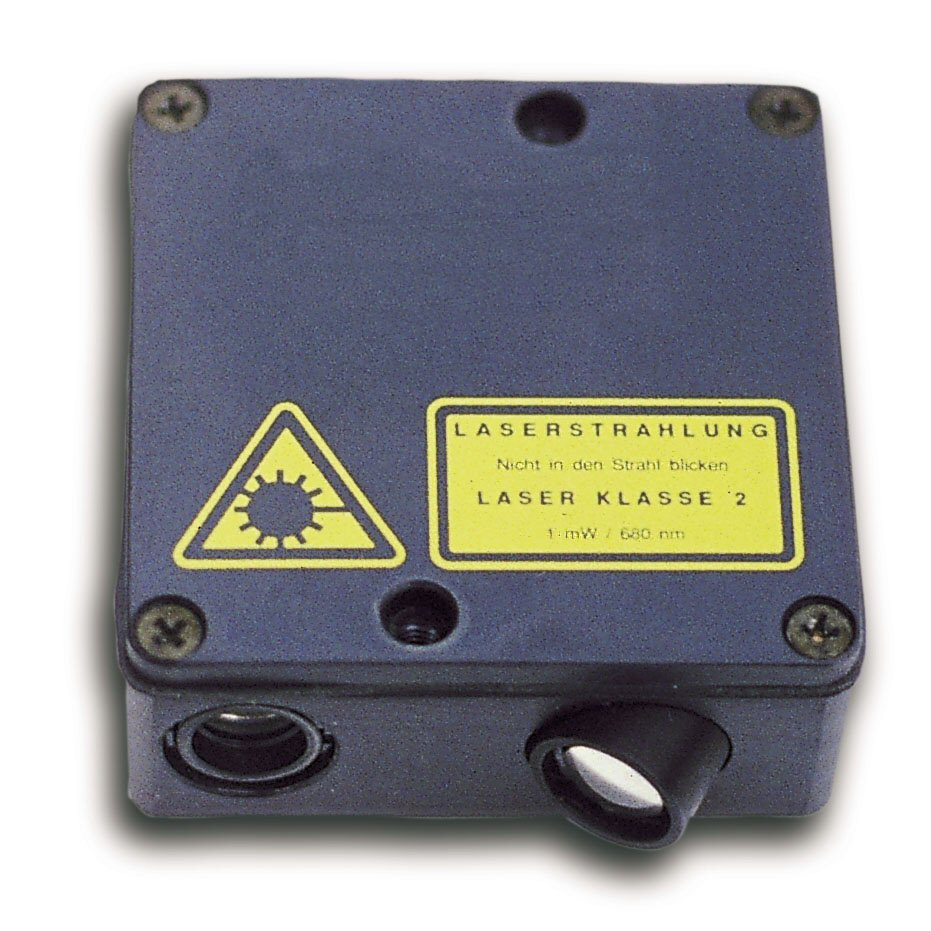









Distance sensors
The
distance sensors are manufactured for a wide range of specifications so that
for
each application the
suitable sensor is available. The sensors are differentiated by measurement
range, light spot diameter and
wavelength characteristics.
There
are two different light sources. One is a LASER, the other one is a LED. Both
types have specific
advantages, according to the field of application.
By using new components, it was possible to design the sensor to be much more
compact and less expensive
than most other optical distance measuring sensors using the triangulation
principle.
Comparison LED to LASER sensors
Advantages
LED sensors:
-
Higher measuring accuracy at black objects
-
No human eyesight safety considerations
-
Larger light spot enables high integration of
scattered surfaces
-
Examination of scratches on surfaces
-
Lower price
Advantages
LASER sensors:
-
Shorter response time
-
Smaller light spot to register fine differences in
object's structure
-
Better accuracy with striped objects (light / dark
transition within the spot)
-
No ambiguous result due to shiny objects on the
side of the light beam
Description
The
optical triple-range displacement sensors are designed for non contact detection
of
the
presence of objects.
They measure the distance of objects according to the principle of triangulation
in the range of 0.5 - 400 mm.
The middle of the measurement range is the reference distance (working
distance). The sensor transmits pulsed
light, so the signal is independent to ambient light.
The
diffuse reflected light spot is projected to a PSD through a lens. The intensity
of the light is adjusted automatically,
according to the reflection factor of the surface. If the intensity of the
reflected light is too low and cannot be controlled,
a failure is displayed (i.e. not enough light). Shiny surfaces, which reflect
the transmitted light directly into the PSD, will
also lead to error message (i.e. too much light). Both failures are displayed by
separate LED's and are available as logical
output signals. A continuously running built-in mechanism guarantees the
permanent monitoring of the amount of reflected
light.
The objects to be measured can be made of nearly all materials, for instance
metal, plastics, ceramics, rubber and paper.
Only highly reflective objects and liquids should be subject of special
consideration. Glass and mirroring surfaces can not
be measured.

Technical Data LED-Sensors
Measurement
range
[mm] 2 -
200
Resolution
[Ám]
0.5 - 60
Light
point diameter
[mm]
0.8 - 10
Light
source
Infrared-LED
Wave length
[nm]
900
Working distance
[mm]
24 - 340
Scanning
frequency [kHz]
2.5

Technical Data Laser-Sensors (10 kHz-Types)
Measurement
range
[mm] 0.5 - 200
Resolution
[Ám]
0.1 - 300
Light
point diameter
[mm]
0.1 - 4
Laser wave length
[nm]
675
Working
distance
[mm]
2 - 680
Scanning
frequency
[kHz]
40
Technical Data
Laser-Sensors (25 kHz-Types)
Measurement
range
[mm] 0.5 - 200
Resolution
[Ám]
0.1 - 60
Light point diameter
[mm]
0.1 - 4
Laser wave length
[nm]
675
Working distance
[mm]
2 - 340
Scanning
frequency [kHz]
125
back
![]()